Best of MUSUBI: Where’s the Kobe Beef?
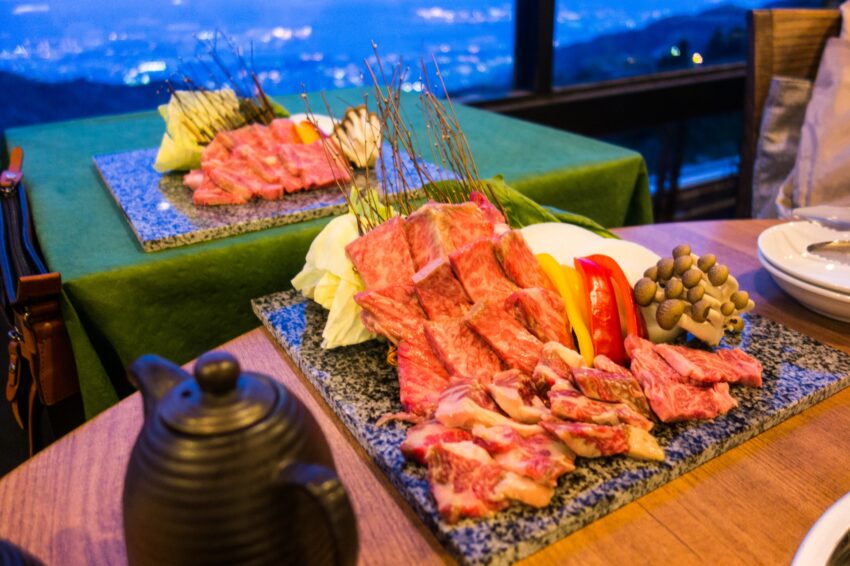
Welcome again to the Best of MUSUBI, where the past becomes the present and old articles get some new life!
In 2009, the US placed a temporary ban on Japanese beef imports due to an outbreak of foot-and-mouth disease. Doing so aided in increasing the international fame of one particular variety, as it suddenly became a highly-prized forbidden fruit of sorts. After the ban was lifted in 2012, the culinary world was fraught with stories of deceitful wannabes and overpriced imposters. It was best meat ever, if you were actually eating the real thing!
Whatever your opinion on Kobe beef- the real Kobe beef, that is- there is one thing that’s very hard to argue with: it’s pretty tasty. It’s also one of Kobe’s (and Japan’s) most famous products. Everyone can associate the brand ‘Kobe beef’ with Japan; I personally cannot name a single Japanese politician, but surely I know about Kobe beef. But what is Kobe beef exactly? Or to put it another way, what makes Kobe beef Kobe beef? After all, not just every cow from Kobe gets to be part of this exclusive club.
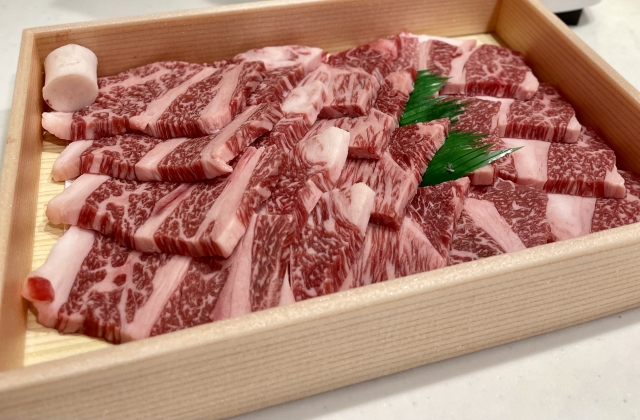
Photo by ともにん
Kobe beef comes from the Tajima-gyu breed of cattle found in Japan’s Hyōgo Prefecture, of which Kobe is the capital. Herd isolation and distinctive feeding techniques have contributed into ‘creating’ a unique meat in taste and texture.
Several stories about its special taste and origins surround this legendary beef: 1) Cows are given beer to induce appetite; 2) Cows are massaged every day; 3) Cows listen to classical music while eating. How much of this is true and how much is sensationalized depends on who you ask- an important part of Kobe beef is the mystique surrounding it- but there are some details that can be confirmed.
Kobe beef is not simply produced- it is a name that must be earned following approval from the Kobe Beef Marketing and Distribution Promotion Association. The requirements for what does and doesn’t qualify as Kobe beef are strict, and that extends all the way to the time it arrives on your plate.
True Kobe beef is a delicacy that often comes with a high price tag and is only served in the finest restaurants. The stuff you get overseas is often merely Kobe beef in name only, as there is no rigorous screening or grading process; any upscale restaurant can advertise itself as having Kobe beef, but that doesn’t mean it is Kobe beef. If you want the real deal, my best suggestion is to get it in Japan. It doesn’t necessarily have to be in Kobe, but then again, if you want to experience Kobe beef in its heartland, this is the place to do it.
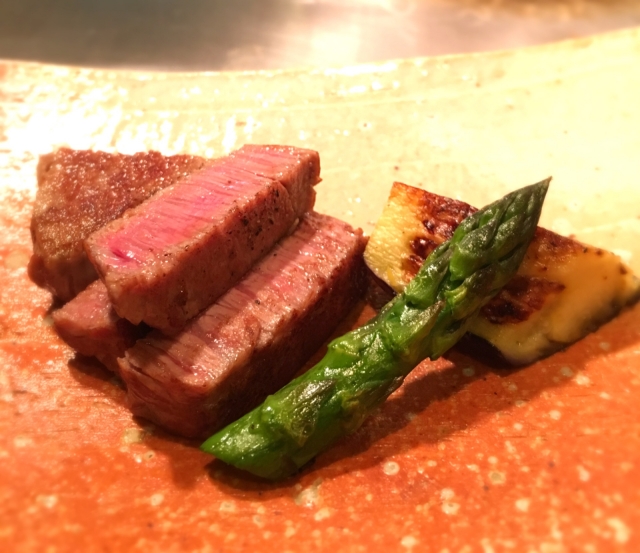
Photo by よなな
I tried Kobe beef once and it was incredible, like something that I had never tasted before. Unfortunately, it was also the only time, as Kobe beef is not something one can partake in often without expecting to shell out. As we’ve established, the Kobe beef brand name is highly protected and taken very seriously, which contributes to its high value. A Kobe beef steak can cost from 10,000 to 20,000 yen. Some can even cost over 30,000 yen! Despite the high price, it is absolutely worth trying at least once in your life.
If you have money and don’t mind spending it, then, I would recommend you few places where you can be served top-quality Kobe beef:
Kokubu (コクブ). Access: 5 mins walk from Sannomiya Station (三宮駅). Price Range: 10,000 -15000 yen and up. Serves some of the truly highest-grade stuff!
Steak and Grill Meriken Hatoba (ステーキ&グリル 神戸メリケン・波止場) is located in Kobe’s Chinatown. During the lunch time, they serve Kobe beef lunch dishes at very reasonable price, so the restaurant will get super crowded with visitors from all over Japan. Access: 2 mins walk from Motomachi Station (元町駅) Price Range: 4,000–5,000 yen.
Kobe Steak house Mouriya (神戸牛ステーキレストラン モーリヤ) is a 130-year long-established restaurant that offers well-aged Kobe beef. Access: 8 mins walk from Motomachi Station (元町駅). Price Range: 10,000–15,000 yen.
As I really like food and eating, I can surely say that Kobe beef is an experience that you cannot miss. Whether you live here already or are visiting some day, it’s a pricey but delicious delicacy worth partaking in!
Photo Credits:
Additional photos by ともにん and よなな
All other content (text) created by the original author and © 2024 MUSUBI by Borderlink
RELATED
-
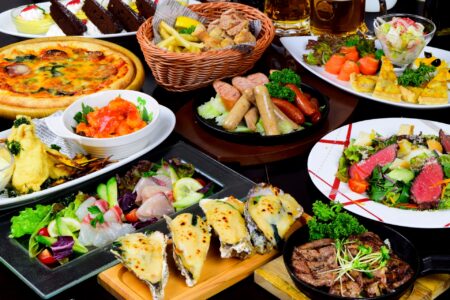
Best of MUSUBI: The Vikings of Japan
Top photo: skyhigh.ring on PhotoAC Welcome to Best of MUSUBI, where we revisit articles from the past and brea… -
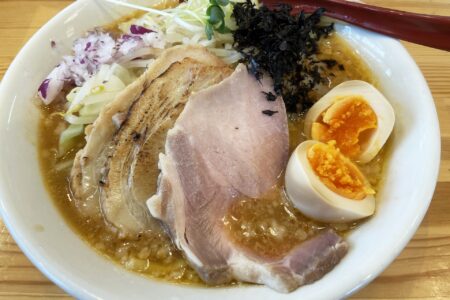
Best of MUSUBI: Top 5 Ramen Spots
Top Photo: 助監督 on PhotoAC Welcome again to Best of MUSUBI, where we revisit articles from the past and breath … -
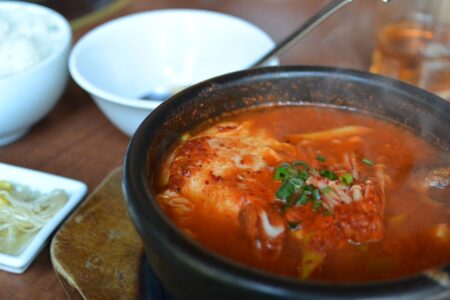
Best of MUSUBI: Japan’s Spicy Side
Top Photo: にゃほたん on PhotoAC Welcome to Best of MUSUBI, where we revisit articles from the past to breath new l…
PEOPLE

A. Bivone
From Italy
Has more than 10 years of living experience in western Japan!


